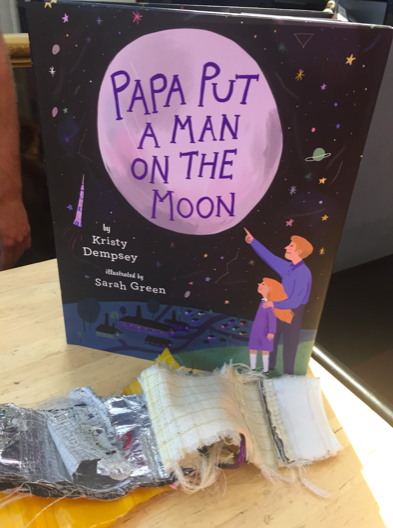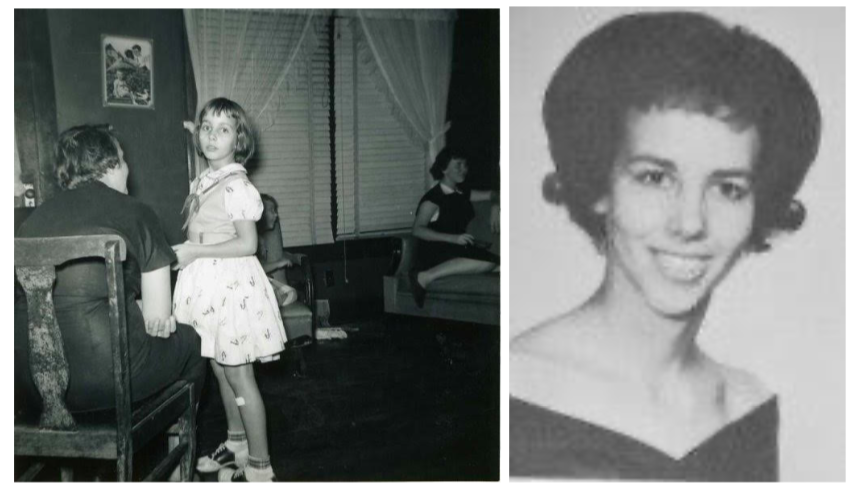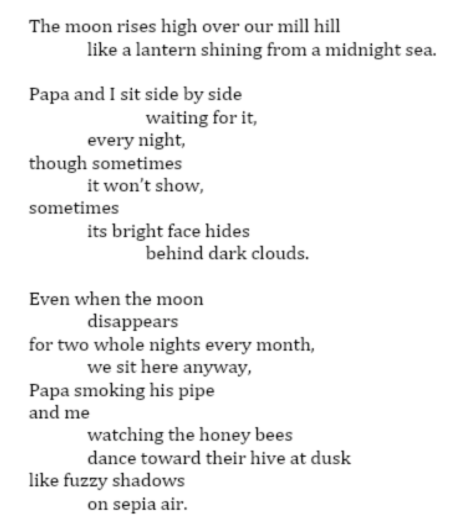Historical Fiction Picture Books with Kristy Dempsey
We are so excited to have Kristy Dempsey join us today to share information about Historical Fiction Picture Books!
Kristy Dempsey is the manager of marketing content and creative development at The Lumistella Company, a global children’s entertainment brand. She is also the author of numerous picture books, including Papa Put a Man on the Moon (Dial), a Bank Street Best Book and a Smithsonian Air and Space Magazine Best Book, and Superhero Instruction Manual (Knopf), an ILA/CBC Children's Choice selection and Southern Book Prize nominee. Her titles have received starred reviews in Kirkus, Booklist, and School Library Journal, and A Dance Like Starlight was named a JLG selection, ALA Notable Book, Bank Street Best Book, CCBC 2015 Choice, and the winner of the 2015 Golden Kite Award for Picture Book Text.
As a child, I was fascinated by the 1969 moon landing. Though it happened just before my birth, the replay of television clips through the years and the drama of a nation watching the events unfold inspired my imagination. Imagine my surprise when I later learned that the humble community of Slater, SC that my mother grew up in played a part in this amazing accomplishment.
Community Building in the Slater, SC Mill Village
In the early 1960s, when textile production began moving overseas, the small textile mill in Slater faced a crisis. Cotton production was waning, and the mill that the community relied on for jobs was at risk. But when JFK announced that the US would land a man on the moon within the next decade, thousands of manufacturing plants across the US received contracts to produce the “nuts and bolts” it would take to put men on the moon. Eventually the mill in Slater received one of those contracts, to produce a fiberglass textile that would become one layer in the astronauts’ spacesuits.
Samples of spacesuit fabric layers at the Smithsonian Air and Space Museum
I’ve always been drawn to historical events, particularly human stories of those events, the “as seen through their eyes” perspectives of individuals who were there in the moment, and even more specifically, the perspectives of children who experienced those moments. That perspective informed my approach to my 2015 picture book A Dance Like Starlight.
So as I began to uncover my own family’s relationship to the 1969 moon landing, I searched for a way to write Papa Put a Man on the Moon through the eyes of a child.
Every member of my family on my mother’s side, and even my own father, had worked in this textile mill in the 1960s. The community was small, and the large majority of its residents worked at the mill. I wanted to highlight how this small community had contributed to the moon landing (in essence telling the story of the over 400,000 workers across the nation who contributed in some way) through the eyes of a child who was proud of her parents’ role. But my biggest difficulty in telling this story was my need, in some sense, to remove my own connection to it. Though my mother did grow up in this community, by the time of the moon landing, she was an adult.
My mother, as a child in her home in the mill village, and as an adult in 1966
I used my mother’s relationship with her father as a base and imagined my mother younger. The details surrounding the events are accurate, but the characters themselves are composites. Even so, I still struggled to remove all the specifics I wanted to include about my own family.
From an early draft of Papa Put a Man on the Moon
My papa did have honey bees and they were a huge part of my own childhood memories. But this detail, though it brought Papa to life and informed the relationship between father and daughter, did not point toward the central focus of the book, the moon landing and Papa’s contribution to it, along with the pride Marthanne felt. So, that detail got cut.
Opening page of Papa Put a Man on the Moon
The decision of which details to include, and which to leave out, must always be connected to the central aim of the book. There were three things I wanted to establish in this story:
Marthanne’s pride in her father and her community
Papa’s humble dedication to his job and his family
The idea that big achievements are made up of thousands of small, sometimes seemingly insignificant, contributions
I felt like those three things best reflected the historical aspect of this story and honored the truth, even as some of the details were fictionalized.
In regards to truth in details in historical fiction, there is a funnel of truth through which to sift your details:
One of the details in the book actually ended up being sifted through this probability filter in the illustration stage.
This scene outside of the A&H Supermarket in Slater, SC was originally depicted as a scene outside of a church, but while a conversation between races after church might have been “possible,” given the segregation among churches at the time, it wasn’t plausible, and certainly not probable. It was much more likely any conversations between races would have taken place at the supermarket or at the Mill Hill Community Center where residents of both races came together to play sports.
While I would never change the details of the historical event, and I require evidence for those details, historical fiction sometimes uses invented dialogue and context. I use the probability filter to help ensure that any context I create remains true to history and resonates in its details.









